As a young boy, I remember looking at this picture (from George Thompson’s book Faded Footprints) and thinking how cool it would be to find an old Spanish bell hidden in the Uintah’s somewhere. George states that it is “A Catholic Priest’s brass bell, found along the old Black Robe Trail at lower Rock Creek”, but a friend’s discovery in 1995 would cast a serious shadow of doubt over that claim.

A good friend and former neighbor of mine, Daniel Probst, found the bell shown below near Topaz Mountain while on an outing with his local boy scout troop. When I first saw it, my first impression was that it was Spanish because it looked exactly like the one in the book. Upon closer inspection, I saw that the writing was actually French and Swiss!


After comparing it with the image from the book, you can clearly see that they are the exact same shape and size. The inscription is too blurry to read in Thompson’s photo, but you can make out the date 1878. That was enough for me to know why Mr. Thompson decided to post a blurry picture of the old bell. It sure gets your hopes up!
After doing a little research, I found out that bells like this were originally made by Chiantel Fondeur, a French company with a foundry in Saignelegier, Switzerland. But that doesn’t mean that this bell was made in Switzerland either. Between 1900 and 1960 Bevin Bros. Mfg. Co. of East Hampton, Connecticut bought the mold for this bell and began reproducing them by the thousands, all stamped with the date 1878 on them. So, unfortunately, most of these bells are simply replicas of an old Swiss bell and were used on sheep and cows herded all over the United States and Canada.
You can tell that portions of the bell have been worn smooth by the constant rubbing against an animal’s fur. Even though it is not Spanish or made in 1878, I wouldn’t mind stumbling across one while out exploring.

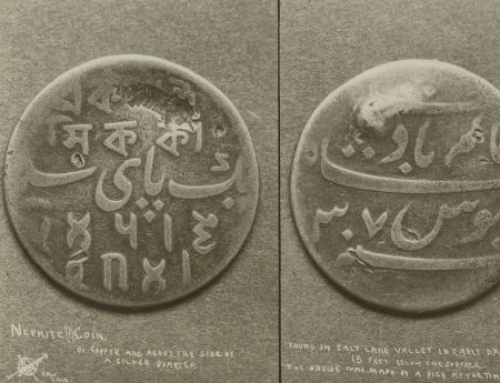
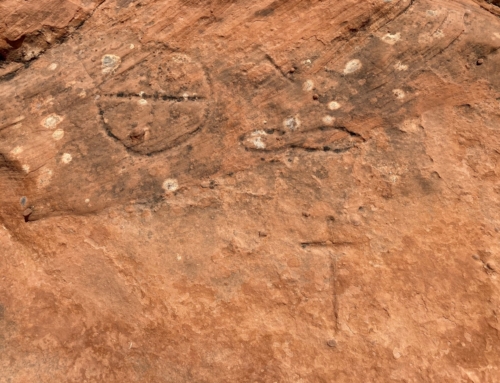
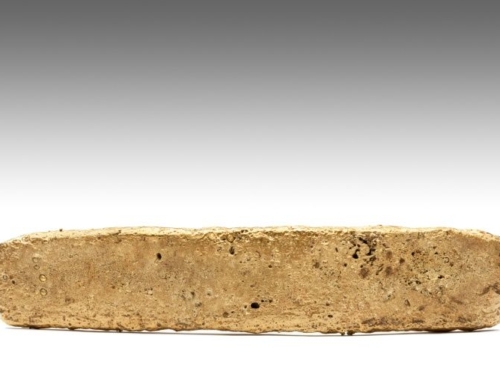
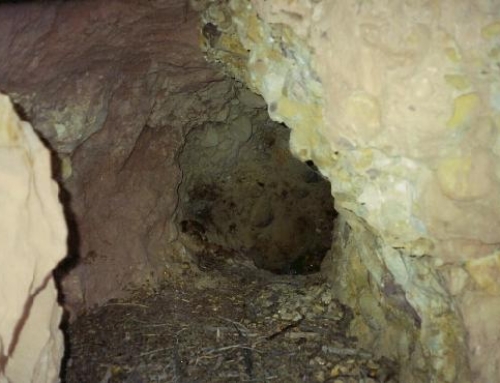
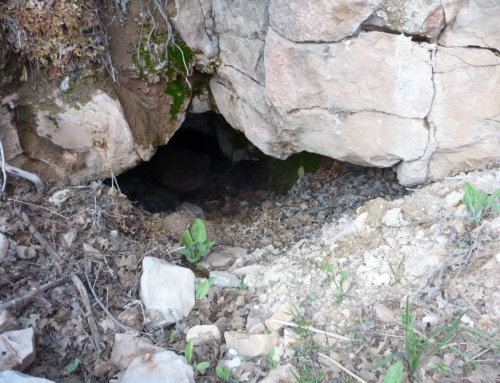
I know the guy who found this bell, he used to work for the Tribes cattle company and it was found on lower Rock Creek next to the river (unlike most of these types of stories found in the treasure books, this one is actually true). Him (white guy) and anther guy (Indian guy) were riding their horses and the horse in front of his (Indian guy) nearly stumbled after its hoof hit the bell, which was barely protruding from the ground in the middle of the trail.
The Indian guy in front of him who’s horse kicked up the bell kept riding along, but the guy who actually found the bell stopped to investigate what the horse had hit and discovered the bell. Later that evening he gave the bell to the Indian guy and explained to him this is what your horse hit on the trail today. They cleaned off the bell and new it was old. The Indian guy kept the bell and was wrongly given credit for “finding it” in one of those treasure books (I don’t recall which one).
The bell was probably used by one of the numerous sheep herders who ran sheep in the area back in the day. My Grandpa used to run sheep in that area for many years and it was a common practice for them to put bells on some of the sheep, so they could be heard and easily located. Naturally, the bells would often fall off the sheep and get lost.
When I look at the top bell the ring in the top photo is narrower and more rounded and the one in the lower photo is wider and more square. The rest of the bell is very similar. I am not saying that they weren’t made by the same company or when they were made, but they are different bells.